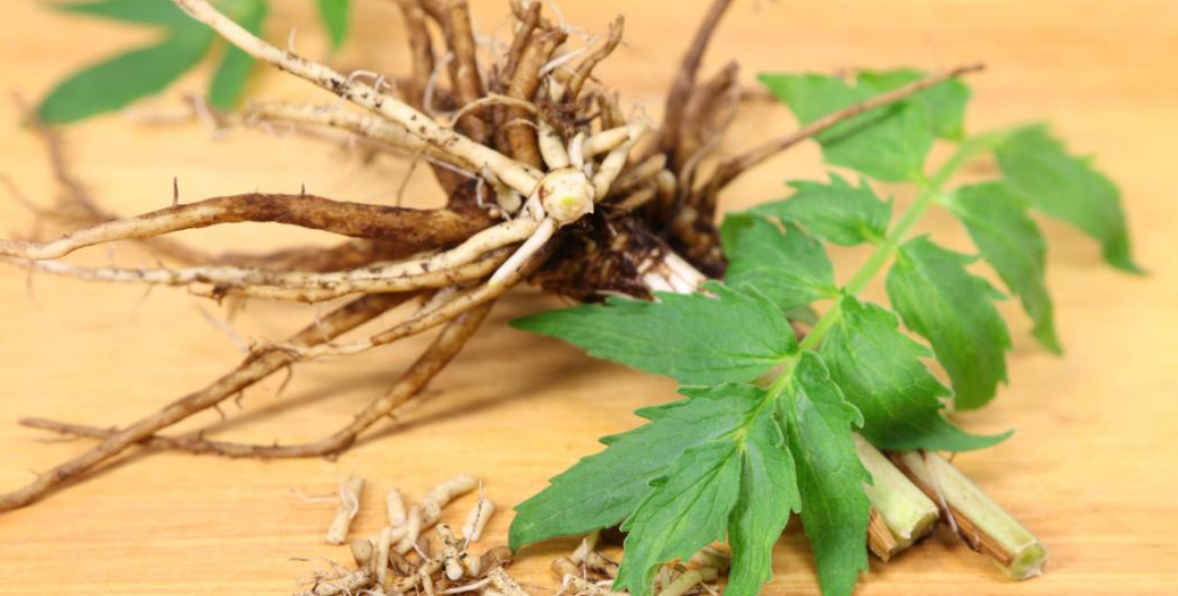 Black tea, derived from completely oxidized leaves, is called "red tea" in China because of the copper color of the liquor. The methods of producing red tea were first developed in the 18th Century, but were refined and mastered only recently, in the 20th Century. Only the more mature leaves are selected for red tea processing. The leaves are withered, rolled, and go through an oxidation process that takes 8 to 12 hours. Then the oxidized leaves are spread on the ground and covered with a wet cloth, optimizing the oxidation. This process takes more time than the Indian oxidation method and as a result Chinese red teas are less astringent, more earthy, and sweeter, with notes of plum or marmalade.
Black tea, derived from completely oxidized leaves, is called "red tea" in China because of the copper color of the liquor. The methods of producing red tea were first developed in the 18th Century, but were refined and mastered only recently, in the 20th Century. Only the more mature leaves are selected for red tea processing. The leaves are withered, rolled, and go through an oxidation process that takes 8 to 12 hours. Then the oxidized leaves are spread on the ground and covered with a wet cloth, optimizing the oxidation. This process takes more time than the Indian oxidation method and as a result Chinese red teas are less astringent, more earthy, and sweeter, with notes of plum or marmalade.One of my favorite red teas is Ying Ming Yunnan. Yunnan Province is not only well known as the birthplace of tea, but also as the origin of some of the very best red teas. The finely twisted leaves release the suave aromas of caramel and marmalade notes. The liquor is red-orange, the flavor well balanced, nicely sweet, velvety, and earthy with a wonderful aftertaste of ripe apricots.




